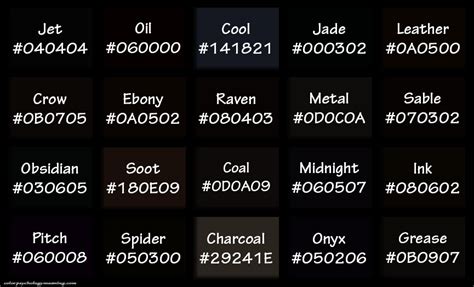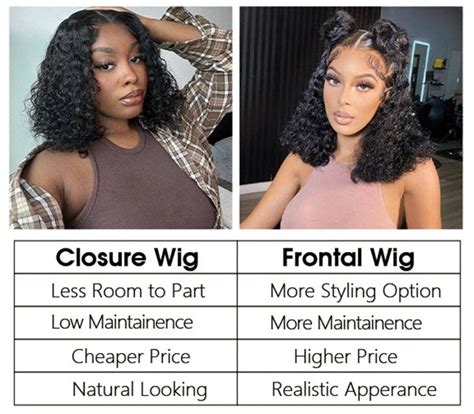Introduction
The world of hair extensions can be a bewildering maze, but two standout options reign supreme: frontal closures and frontal closures. In this comprehensive guide, we will delve into the intricate details of these hair enhancement techniques, empowering you to make an informed choice that aligns with your aesthetic aspirations.

Chapter 1: Frontal Closures
What is a Frontal Closure?
A frontal closure is a seamless, customized hair piece that covers the front section of the head, extending from ear to ear. It mimics the natural hairline and creates a flawless transition between your own hair and the extensions.
Benefits of Frontal Closures
- Natural Appearance: The custom-tailored lace base blends effortlessly with your scalp, resulting in an undetectable, natural-looking finish.
- Versatile Styling Options: Frontal closures offer boundless styling freedom, allowing you to experiment with braids, buns, ponytails, and even intricate updos.
- Long-Lasting Durability: Premium frontal closures can last up to a year with proper care and maintenance.
Types of Frontal Closures
- Transparent Lace Closures: As the name suggests, these closures feature transparent lace that blends flawlessly with all skin tones.
- HD Lace Closures: Ultra-fine and delicate, HD lace closures provide an invisible, natural-looking finish.
- Silk Base Closures: These closures offer a soft, breathable base that is gentle on the scalp and comfortable to wear.
Chapter 2: Frontal Closures
What is a Frontal Closure?
Similar to frontal closures, frontal closures provide a seamless hair extension solution for the front portion of the head. However, they differ in size, covering only the forehead area.
Benefits of Frontal Closures
- Economical Choice: Frontal closures are typically more affordable than full-size frontal closures, making them a cost-effective option.
- Less Maintenance: Due to their smaller size, frontal closures require less maintenance and upkeep compared to full frontal closures.
- Quick Application: Frontal closures can be installed and removed relatively quickly, making them suitable for short-term or occasional hair transformations.
Types of Frontal Closures
- Straight Lace Frontal Closures: Designed for straight hair textures, these closures feature a lace base that blends seamlessly with fine or straight hair.
- Curly Lace Frontal Closures: Perfect for kinky or curly hair, these closures feature a lace base with tighter curls that mimic natural hair patterns.
- Colored Lace Frontal Closures: Available in various colors, these closures allow you to match your hair extensions to your exact hair shade.
Chapter 3: Frontal Closures vs Frontal Closures
Comparision of Features
| Feature | Frontal Closures | Frontal Closures |
|---|---|---|
| Size | Covers the entire front of the head (ear to ear) | Covers only the forehead area |
| Lace Base | Larger, more extensive | Smaller, more compact |
| Cost | Generally more expensive | More affordable |
| Maintenance | Requires more time and effort | Less maintenance required |
| Styling Options | Limitless styling possibilities | Limited styling options compared to frontal closures |
| Durability | Lasts longer (up to a year) | May require more frequent replacements |
Which Option is Right for You?
The choice between frontal closures and frontal closures ultimately depends on your individual preferences and requirements.
- For a seamless, natural-looking hair enhancement with versatile styling options and long-lasting durability, frontal closures are the ideal choice.
- If you are looking for a more economical option with less maintenance and quicker application, frontal closures may be a better fit.
Chapter 4: Installing Frontal Closures and Frontal Closures
Step-by-Step Installation Guide
Materials:
- Frontal closure or frontal closure
- Got2b Glued Blasting Freeze Spray
- Scissors
- Tweezers
- Denman brush
- Rat-tail comb
- Cap
Step 1: Prepare the Hair
- Braid down your natural hair into cornrows.
- Apply Got2b Glued Blasting Freeze Spray to the cornrows.
Step 2: Install the Closure
- Apply a thin layer of adhesive to the scalp along the hairline.
- Place the closure or frontal closure over the adhesive and press down firmly.
- Trim any excess lace.
Step 3: Blend the Hair
- Use a Denman brush and rat-tail comb to blend your natural hair with the extensions.
- Conceal the closure or frontal closure by layering your own hair over it.
Step 4: Finish the Style
- Style your hair as desired!
Chapter 5: Maintenance and Care
Tips for Longevity and Flawless Appearance
- Wash your hair with sulfate-free shampoo and conditioner every 2-3 days.
- Deep condition your hair weekly to maintain its moisture and vitality.
- Avoid excessive heat styling.
- Use a silk or satin pillowcase to reduce friction and prevent breakage.
- Regularly touch up the adhesive to ensure a secure hold.
- Consult a professional stylist for regular maintenance and repairs.
Chapter 6: Troubleshooting Common Problems
FAQs
1. Why is my closure or frontal closure lifting?
- Adhesive may not have been applied properly.
- Excessive oil production on the scalp can break down the adhesive.
2. How can I prevent my closure or frontal closure from tangling?
- Brush your hair regularly to remove knots and tangles.
- Use a moisturizing hair mask to keep your hair soft and hydrated.
3. How long can I keep my closure or frontal closure in?
- With proper care, frontal closures can last up to a year, while frontal closures may need to be replaced every 4-6 months.
